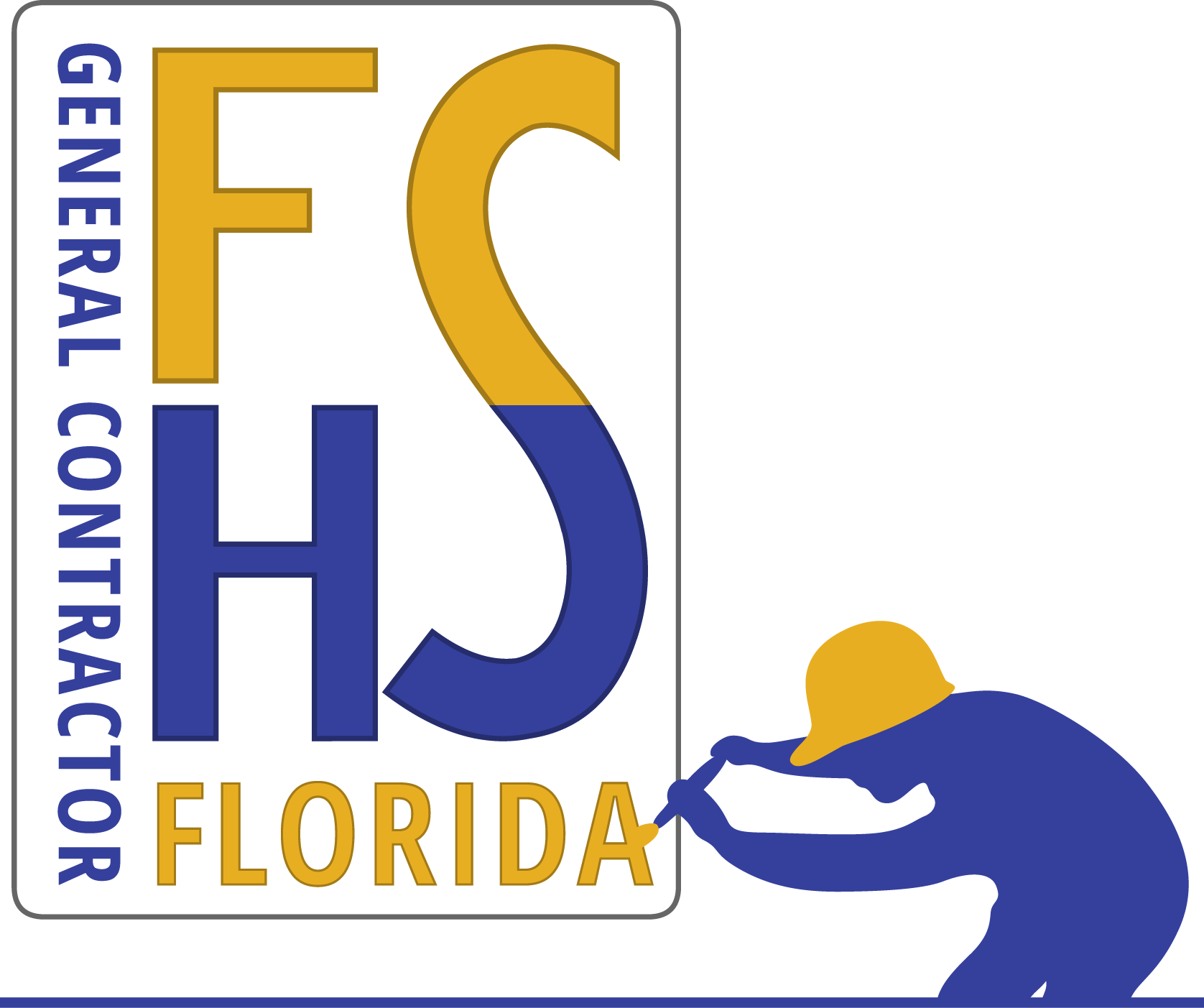7 practices to make your site safer in Florida
The construction industry is widely known for its high business failure rates and the perilous nature of its work, consistently ranking among the most hazardous occupations. In the United States, the construction industry accounted for approximately 20% of all work-related fatalities in 2019. Given the elevated risk of injury and mortality prevalent in this sector, prioritizing construction site safety is imperative for contractors to safeguard workers and uphold the integrity of their operations.
- Emphasize Safety: It is incumbent upon owners and organizational leaders to imbue their company culture with a steadfast commitment to prioritizing safety. This entails integrating compliance and accident prevention imperatives into the daily discourse and work protocols across all levels of the organization.
- Develop a Comprehensive Site Safety Plan: A meticulous and actionable safety plan is essential to ensure adherence to compliance standards and mitigate on-the-job risks. A robust safety plan encompasses detailed project descriptions, hazard identification, contact information for safety and emergency personnel, protocols for addressing common safety issues and emergencies, and compliance with local, state, and federal safety regulations.
- Conduct Routine Job Site Safety Training: Regular safety training is vital for all personnel, particularly new hires and those lacking prior construction site experience. Additionally, continuous safety training for seasoned construction workers is instrumental in fortifying safety awareness. Organizing safety stand-downs, during which employers directly engage with staff on safety-related matters, serves as an effective tool for proactive safety reinforcement.
- Maintain and Update Equipment Regularly: Regular maintenance and timely updating of equipment are instrumental in averting malfunction-related incidents and enhancing productivity. Modern, ergonomically designed tools and equipment not only bolster operational efficiency but also mitigate the risk of musculoskeletal injuries and common on-site hazards, such as struck-by and caught-in incidents.
- Foster Open Communication Channels: Disseminating information on potential hazards throughout the organization is instrumental in ensuring that all stakeholders and employees are cognizant of adverse conditions. Leveraging modern technology, such as smart devices and construction management software, facilitates seamless real-time communication between the office and the construction site.
- Document and Track Safety Incidents: Vigilant record-keeping of injuries and near misses is indispensable for the effective management and reduction of safety incidents. Modern construction software platforms offer specialized tools for recording and reporting safety incidents, empowering managers to discern prevailing hazards and minimize their future impact through meticulous documentation.
- Collaboration with Insurance Providers: Contractors are well-advised to collaborate closely with their insurance providers to mitigate on-site risks and curtail premium expenses. Insurance companies typically offer tailored recommendations and tools aimed at minimizing risks and fortifying the company against financial losses attributable to on-site accidents.
All Categories
Recent Posts
Fazal0 Comments
Florida Certified Contractors: What You Need to Know
Fazal0 Comments
Balcony Construction and Repair: Everything You Need to Know
Fazal0 Comments
